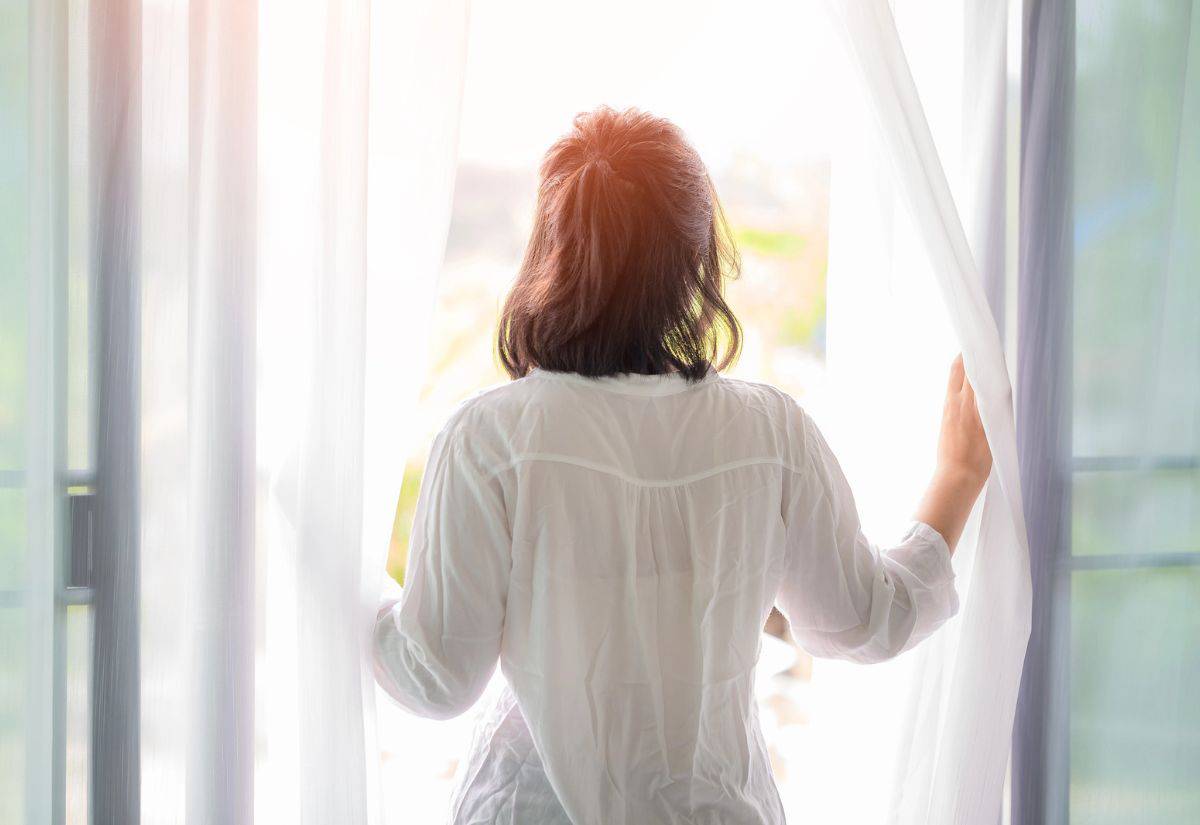Daylight saving time ends soon, and Americans are about to gain an extra hour as clocks roll back. The shift sounds like a win, but it regularly leaves people dragging through the day, delays morning commutes and forces families to scramble to reset schedules. This year, many are preparing early, treating the clock change like an event to plan for rather than an inconvenience.

To ease the disruption, small adjustments such as moving bedtime earlier, seeking morning light and planning quieter evenings help keep routines stable. Seeing the reset as a chance to build good habits helps keep focus and energy steady in the days after the transition.
The impact of the time change
Twice a year, Americans reset the clocks in their homes, cars and offices to switch to and from daylight saving time. The practice moves clocks forward in March and back in November, a system first designed to make better use of daylight and save energy. While the idea is simple, the change can noticeably affect daily life.
The sudden shift can disrupt the body’s circadian rhythm, the internal clock that regulates sleep cycles. Many people feel more tired in the days following the switch and may struggle to fall asleep or wake up on time. The shorter daylight hours can also lower energy levels and affect mood, sometimes leading to seasonal dips in focus and productivity.
Meal times and digestion often realign with the daylight, and commutes or outdoor activities may now happen in darker hours. Families frequently adjust their schedules to stay on track after the clock reset.
Sleep tips for smoother transitions
The switch between standard time and daylight saving time can leave many people feeling sluggish. Studies have linked the spring transition to short-term health risks such as heart attacks and strokes, along with more traffic accidents due to slower reaction times and reduced focus. These patterns prove that even a one-hour shift can take a toll on the body.
A gradual plan can make the transition easier. Go to bed 15 to 20 minutes earlier in the days before the change, and get enough rest to reduce fatigue. Relaxation techniques such as deep breathing or mindfulness help both with falling asleep and returning to sleep if the change interrupts rest. Resetting meal times, exercise and other routines in advance helps the body adapt more smoothly once the clocks move.
Maximize exposure to light
Morning light plays a key role in helping the body adjust when clocks fall back. A short walk early in the day can help reset the internal clock and improve alertness. Keeping blinds open allows natural light to fill the house, and bright indoor lighting during breakfast and morning routines can offset darker mornings.
Spending more time near windows or stepping outside during lunch or mid-afternoon helps maintain energy levels. Full-spectrum or daylight lamps can provide an extra boost when natural light is limited, especially on overcast days. These small steps help the body stay in sync with the season’s earlier daylight hours.
Create an evening routine
A consistent evening routine helps the body wind down when clocks change. Cut off coffee, tea and energy drinks by midafternoon to avoid late-night alertness. Gentle movement, such as stretching, yoga or a short walk, releases tension and prepares the body for rest.
Designate a spot to leave phones and devices before bed to avoid scrolling and reduce blue light exposure. Soft cues like lavender or chamomile candles or diffusers can signal that it’s time to relax. Drink water earlier in the evening to stay hydrated without disrupting sleep, and log off emails and work messages about an hour before bed to give the mind space to unwind.
Health and safety checks at home
The end of daylight saving time is a good reminder to update household routines and devices. Reset timers on lights, coffee makers and sprinklers to match the new daylight hours. Reprogram smart home systems, including thermostats, security settings and outdoor lighting, to adjust for earlier sunsets.
Check wall clocks, oven and microwave timers and car dashboards to keep daily schedules on track. Update bedtime and wake-up alarms to reflect the time change and to avoid oversleeping or missed commitments. Review medication schedules and make small adjustments to keep doses consistent, especially for prescriptions taken at strict intervals.
Make the most of the reset
Falling back gives everyone an extra hour that can be put to good use. Some people use it to fit in morning exercise, prep meals for the week or tackle household tasks. Shorter days are a good time to refresh routines, tidy closets or organize workspaces to make time indoors feel more manageable.
The shift can also be a cue to focus on self-care. Line up books, games or hobbies to make darker evenings more enjoyable, and schedule health checkups or flu shots before the holidays to prevent last-minute stress.
Holiday planning also makes the extra hour count. A quick look at goals, finances and upcoming commitments can make the weeks ahead run more smoothly.
Steady routines for the season
The end of daylight saving time resets sleep patterns, mood and daily schedules. Sticking to steady bedtimes, evening habits and regular light exposure helps the body adapt. These adjustments support energy levels and reduce stress during the transition. Treating the change as a reset also creates an opportunity to build routines for the colder months.
Mandy writes about food, home and the kind of everyday life that feels anything but ordinary. She has traveled extensively, and those experiences have shaped everything, from comforting meals to small lifestyle upgrades that make a big difference. You’ll find all her favorite recipes over at Hungry Cooks Kitchen.
The post How to adjust as daylight saving time ends and clocks fall back appeared first on Food Drink Life.


